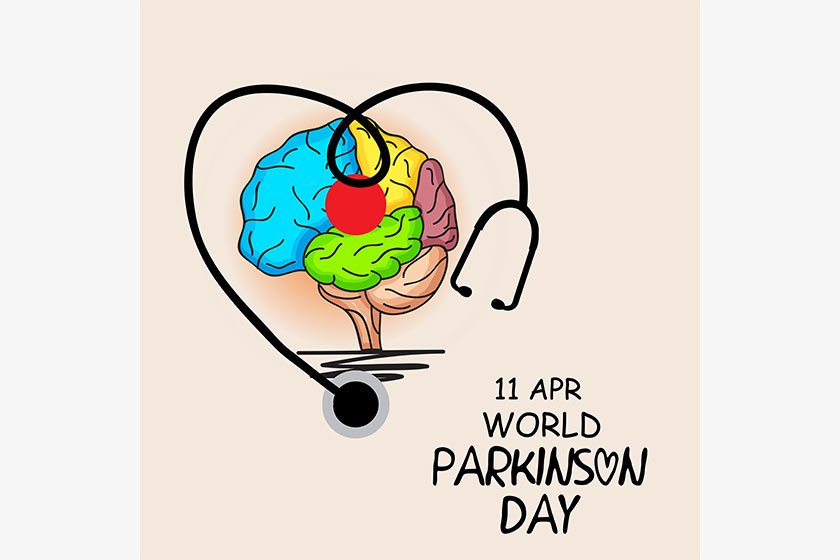Lewy body dementia (LBD) is a complex and often misunderstood neurological disorder that primarily affects older adults. Recognizing the symptoms of LBD is essential for early diagnosis and effective management of the condition within retirement communities. This article will explore the various signs and symptoms associated with Lewy body dementia, helping individuals and caregivers understand what to look out for.
Understanding Lewy Body Dementia Symptoms
Cognitive Symptoms: One of the hallmark features of Lewy body dementia is the presence of cognitive symptoms, which can range from mild to severe. Individuals with LBD may experience fluctuations in their cognitive abilities, including:
- Memory Loss: While memory loss is often associated with Alzheimer’s disease, individuals with LBD may also exhibit forgetfulness and difficulty recalling recent events.
- Confusion: Confusion and disorientation are common in LBD, leading to difficulties in understanding time, location, and situation.
- Attention and Alertness Changes: Fluctuations in attention and alertness levels, also known as “cognitive fluctuations,” are characteristic of LBD and can vary throughout the day.
Visual Hallucinations: Visual hallucinations are another prominent feature of Lewy body dementia. Individuals may see things that are not there, such as people, animals, or objects. These hallucinations are often vivid and detailed, leading to confusion and distress for the individual experiencing them.
Movement Disorders: LBD can also affect a person’s movement and motor functions. Common movement symptoms associated with LBD include:
- Parkinsonism: Many individuals with LBD develop symptoms similar to Parkinson’s disease, such as tremors, stiffness, slow movement, and impaired balance and coordination.
- Muscle Rigidity: Stiffness and rigidity in the muscles can make movement difficult and uncomfortable for individuals with LBD.
- Shuffling Gait: Changes in walking patterns, including a shuffling gait or difficulty initiating movement, are often observed in LBD patients.
Sleep Disturbances: Sleep disturbances are prevalent in individuals with Lewy body dementia and can significantly impact their overall well-being. Common sleep-related symptoms include:
- REM Sleep Behavior Disorder (RBD): RBD is characterized by acting out vivid dreams during REM sleep, leading to movements, vocalizations, and sometimes injuries during sleep.
- Excessive Daytime Sleepiness: Individuals with LBD may experience excessive daytime sleepiness, which can affect their ability to engage in daily activities and participate in retirement community events.
Behavioral and Mood Changes: Changes in behavior and mood are common in LBD and can manifest in various ways, including:
- Depression and Anxiety: Feelings of sadness, anxiety, and agitation are prevalent in individuals with Lewy body dementia, often due to the challenges associated with cognitive decline and physical symptoms.
- Apathy: Individuals may lose interest in activities they once enjoyed and may exhibit a lack of motivation or initiative.
- Agitation and Irritability: Restlessness, irritability, and agitation can occur, leading to frustration and difficulty managing emotions.
Recognizing Early Signs of Lewy Body Dementia
Early recognition of Lewy body dementia symptoms is crucial for timely intervention and support. If you or a loved one residing in a retirement community experience any of the aforementioned symptoms, it is essential to seek medical evaluation and guidance from healthcare professionals experienced in diagnosing and managing LBD.
Additionally, caregivers and retirement community staff should receive education and training on recognizing and addressing the unique needs of individuals with Lewy body dementia to ensure optimal care and support.







